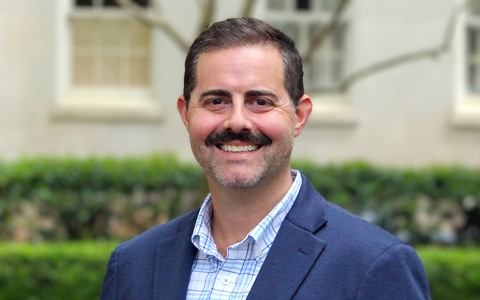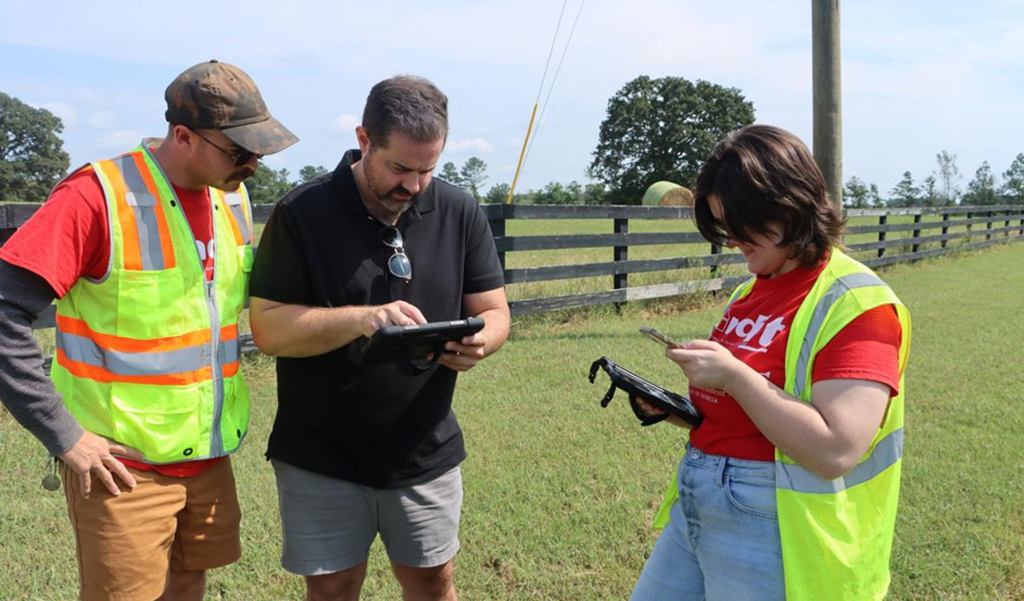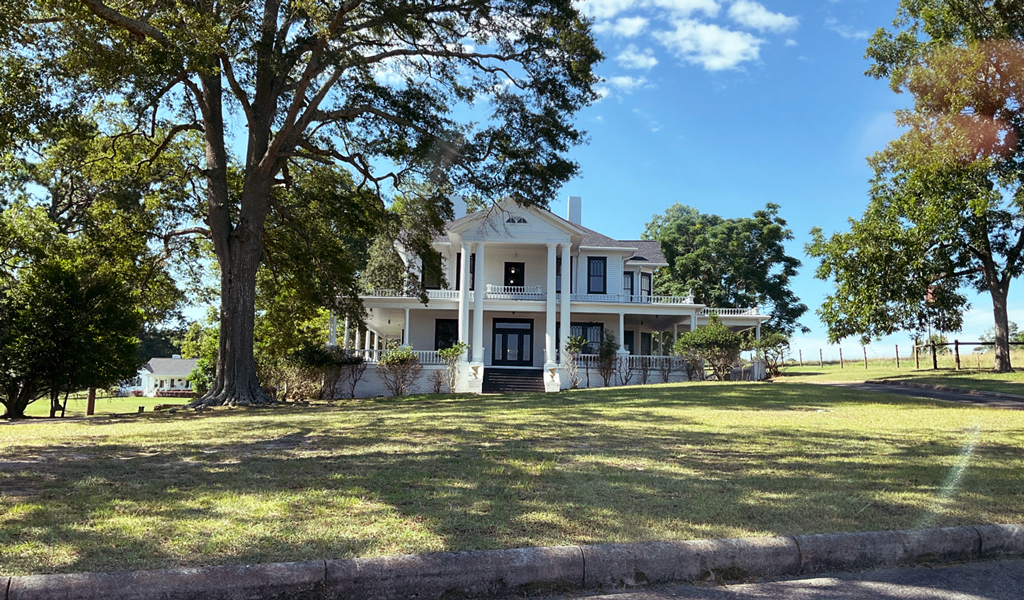
VHB’s Georgia-based Environmental team is a vital component of the Southeast Region’s services and its growth. Historian Patrick Bowen, MHP, leads the team in providing cultural and historical resource services for clients in the energy and transportation markets, as well as state and local governments. With both a 2024 VHB RISE Culture Champion award and a 2024 RISE Project Award for his work, Patrick is a linchpin of the region’s environmental practice. We caught up with him to learn about his background, significant projects, and trends shaping the Southeast Environmental practice.
VHB: What prompted you to pick History as your field?
Patrick: I’ve always been drawn to and fascinated by history. I can trace this interest to my childhood, when I was growing up with my grandfather, a World War II veteran. He would tell stories about his service and the wartime era generally, and that triggered a lifetime interest in the field.
After graduate school at Georgia State University, I started networking with VHB employees and discovered I really liked the culture. VHB is embedded in the region, and many of its employees are actively affiliated with prestigious associations like the American Council of Engineering Companies (ACEC). VHB is a great fit for me personally and for historians in general.

VHB: What do you find most interesting and fulfilling about your profession and your work at VHB?
Patrick: My favorite part is field work. I love to get outdoors with the team and travel around seeing different, interesting parts of Georgia. It’s a particular passion of mine to keep historic structures part of the built environment—making sure that lessons of the past remain in the fast-changing world of the present.
VHB: What role does an Environmental team play in Energy projects?
Patrick: Identifying and understanding cultural and historical resources is an essential part of the Section 106 process, a component of the National Historic Preservation Act of 1966, when conducting work in the Energy sector. Throughout Georgia and the U.S., communities are modernizing their infrastructure to address increasing energy needs, which necessitates careful consideration of the possible impacts these projects may have on historic and cultural resources.
By employing a combination of historical analysis, visual assessments, and utilizing a technology-enabled approach such as geographic information systems (GIS), VHB can pinpoint and reduce potential effects on sensitive areas. VHB’s comprehensive and integrated approach assists clients by mitigating risks and avoiding costly delays in the permitting process, helping projects progress smoothly to deliver improved and resilient energy solutions.
VHB: What Energy projects stand out to you as being impactful for clients who need environmental insight?
Patrick: We have a lot of significant projects, but I would say a large survey in advance of a transmission line project is a recent standout. This project involved conducting a survey of approximately 1,100 square miles to facilitate the line’s expansion. Our History team surveyed almost 30,000 parcels, which involved driving nearly 4,000 miles. We surveyed nearly 5,100 historic resources and identified more than 800 historic resources that had previously been unknown.
This was a huge project that involved close coordination with the VHB GIS team and other VHB teams throughout the company, conducting multiple surveys, developing Historic Resources Survey Reports, and then using ArcGIS to create an interactive online StoryMap. The client immediately engaged with the StoryMap presentation and loved our final deliverable. The fact that we also won an internal VHB RISE Award that recognizes exceptional project work was the icing on the cake.

VHB: What do you consider the most critical element of your work on any given project?
Patrick: In a team as diverse and multidisciplinary as the Georgia Environmental Group, teamwork and communication among the different disciplines are essential. Being able to speak the language of historians, archaeologists, ecologists, and other specialists—as well as non-environmental staff who end up assigned to a project—is vital.
Learn more about environmental services at VHB.


